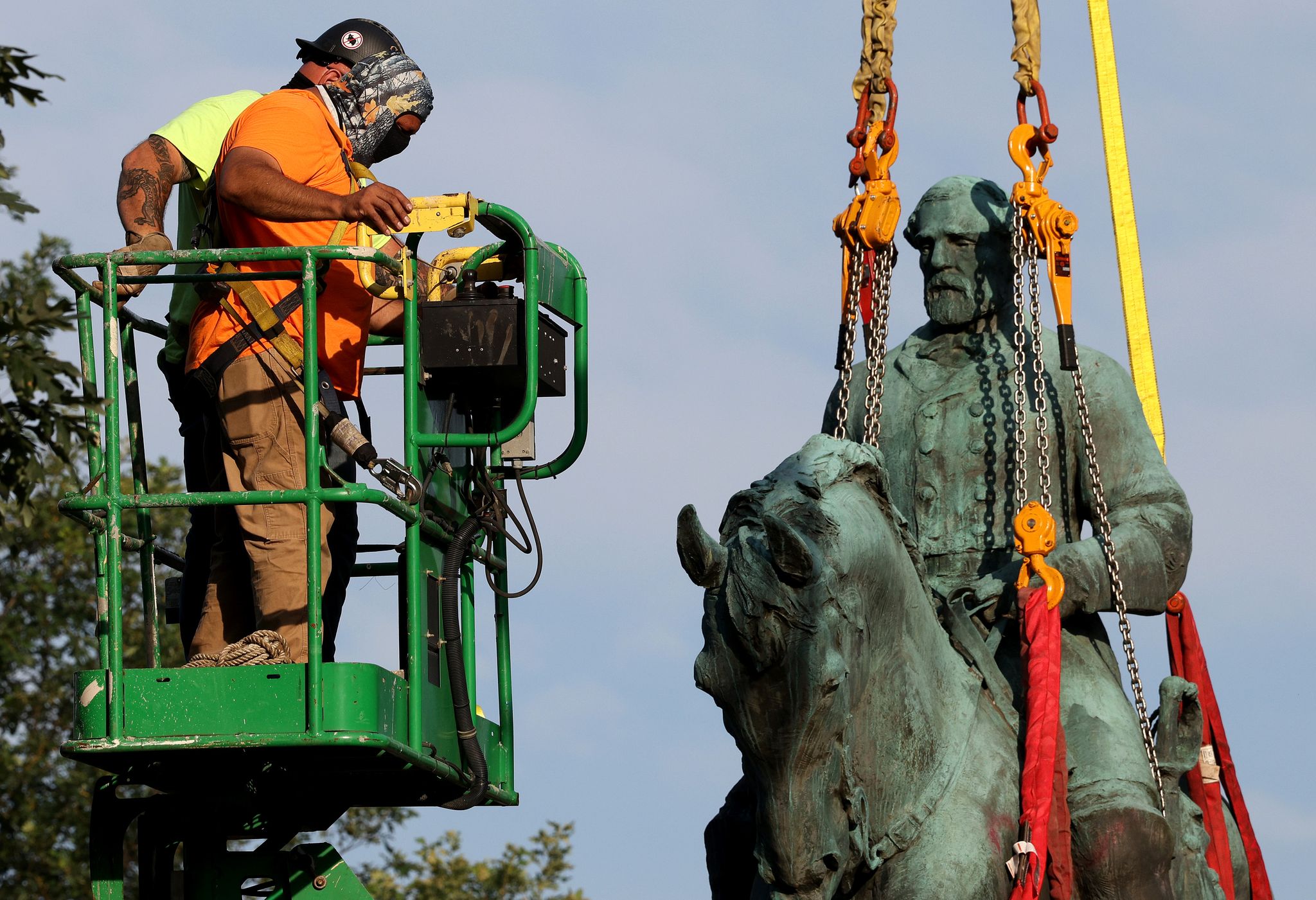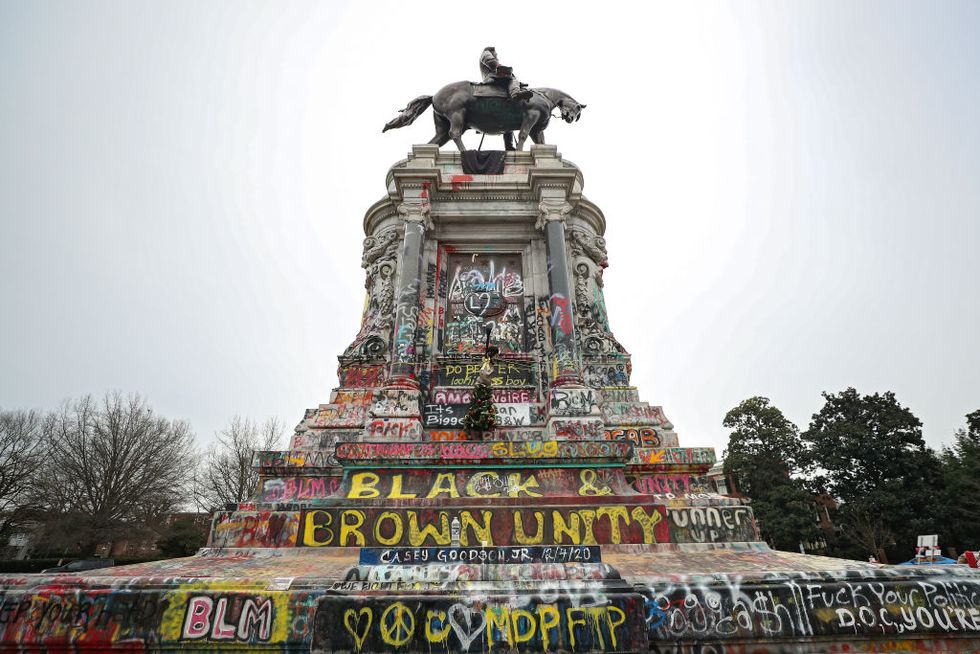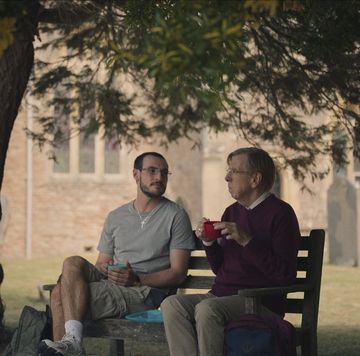Local workers removed a bronze statue of Robert E. Lee on Saturday, nearly four years after its planned removal triggered a deadly riot in Charlottesville, Virginia. Shortly after 8 am, a crowd of spectators gathered to witness cranes hoist the monument off its granite base. “Taking down this statue is one small step closer to the goal of helping Charlottesville, Va., and America, grapple with the sin of being willing to destroy Black people for economic gain,” said Charlottesville Mayor Nikuyah Walker to the crowd of spectators, according to the Associated Press.
A few hours later, a nearby statue of Confederate General Stonewall Jackson was also taken down, followed closely by the removal of another statue of the explorers Meriwether Lewis and William Clark and the Shoshone indian Sacagawea. In an emergency session held earlier in the day, Charlottesville’s City Council voted to remove the statue which many said depicted Sacagawea in a subservient manner.
The three statues will remain “in a secure location” on city property while the council debates what to do with them. In a statement to the press, local officials said they are reaching out to museums and historical societies that have expressed interest in acquiring the monuments.
Emilie Simons, a spokeswoman for the Biden administration, said the president welcomed the news. “The President believes that monuments to Confederate leaders belong in museums, not in public places,” Ms. Simons said. Zyahna Bryant was a freshman in high school when she launched a petition to remove the Robert E. Lee statue and rename Lee Park. That was in March of 2016. Today she is a student at the University of Virginia. “It feels good. It’s been a long time coming,” said Bryant to The New York Times.
The Charlottesville city council originally voted to remove the statue in February of 2017. Six months later, rioters descended on the small college town to protest the statue’s removal. A white supremacist drove his car into a crowd of peaceful protestors killing a local woman, Heather Heyer, and injuring dozens more. Since then a series of lawsuits prevented the town from being able to take down the Robert E. Lee statue. Finally, in April of 2021, the Virginia Supreme Court cleared the way for the statue’s removal by overturning a 2019 Circuit Court ruling that said it was protected by state law.
Despite the progress made in Charlottesville on Saturday, Robert E. Lee’s presence still looms large across the state of Virginia. 45 minutes down the road in Lexington, a small, private college recently voted to keep Robert E. Lee as its namesake. In Richmond, the former capital of the Confederacy, the enormous monument of Robert E. Lee atop his horse, Traveller, is yet to come down. The Lee Monument is by far the most prominent Confederate memorial still standing. Though local artists have redressed it as a radical piece of protest art, the statue’s origins and outsized occupation of a major state capital make it impossible to reclaim entirely.
That’s why Virginia Gov. Ralph Northam ordered the statue to be removed in June of 2020 amidst the George Floyd protests. Unfortunately, a state court quickly blocked its removal pending the outcome of a lawsuit filed by local residents. Now its fate once again rests with the Supreme Court of Virginia. A ruling from the justices in regards to the nation’s largest and most enduring Confederate monument is expected any day now.
Abigail Covington is a journalist and cultural critic based in Brooklyn, New York but originally from North Carolina, whose work has appeared in Slate, The Nation, Oxford American, and Pitchfork














